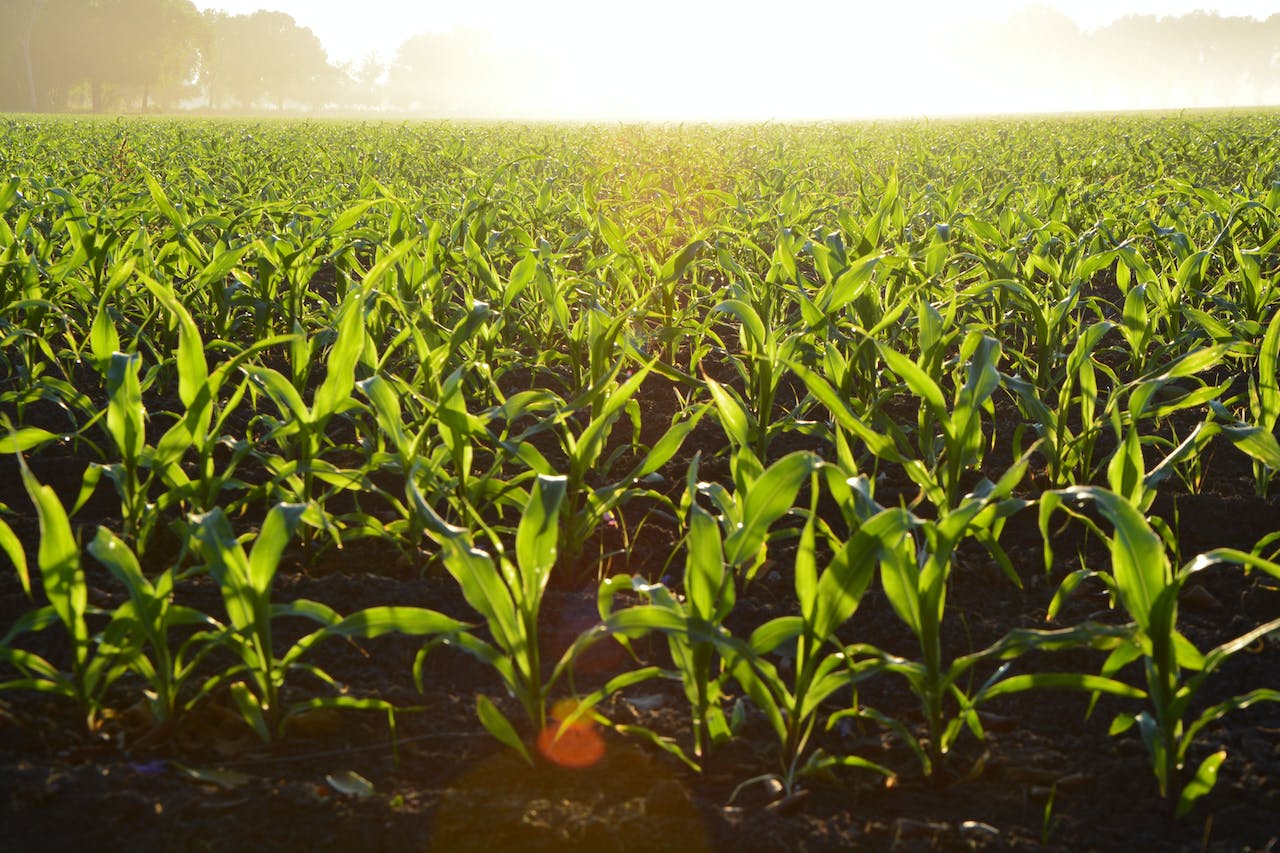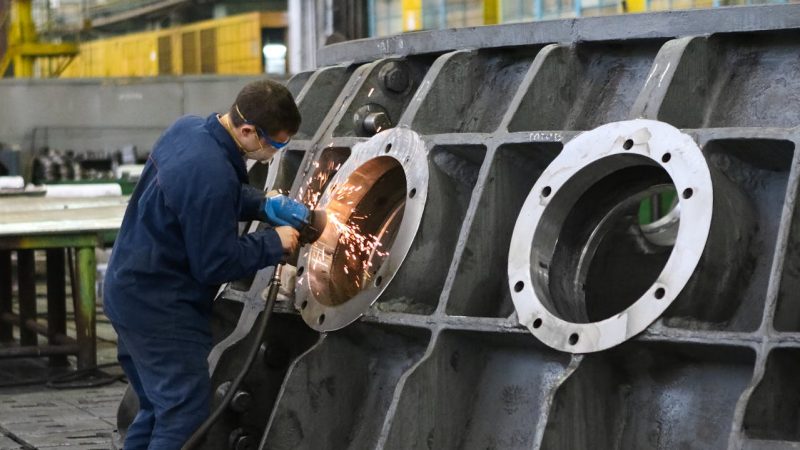What Factors Influence the Cost of Farm and Ranch Insurance?

Insurance for farms and ranches is key. It protects agri-businesses from farm-related risks, especially those involving livestock. However, the cost can swing big time depending on a few things. Farmers and ranchers need to get this! Understanding what affects insurance costs helps balance their coverage needs with budget goals.
This article delves into the primary elements that influence the cost of farm and ranch insurance, providing insights into how premiums are calculated and what measures can be taken to potentially reduce costs.
Type and Size of the Operation
The size and type of your farm or ranch can really hike up insurance costs. Have you got a big place with lots of animals and different crops? You’re looking at higher premiums because there’s more to lose.
Farming special stuff like organic produce or mixing tourism into the business means extra coverage. That’s another cost bump! Insurance providers look closely at what you do on your land, which plants and critters call home, and its overall area for gauging risk levels. This dictates how much you pay.
Location and Climate Risks
Your farm’s location can affect your insurance bill, too. Areas prone to things like floods, wildfires, or hurricanes will push up premiums due to the increased damage risk.
Extreme weather and droughts also increase costs because of potential crop failures or animal health problems. Insurance providers factor in past weather trends and local environmental risks when figuring out what you owe. It’s all part of their numbers game!
Claims History and Management Practices
Your farm’s claim history also shapes insurance costs. More claims or costly ones scream “high risk” and shoot up future premiums. However, a clean record of few-to-no-claims can help you bag lower rates.
Also, running your operation in a cohesive manner matters. If you follow all the safety rules, maintain Farm Equipment well, and follow steps to avoid risks, then that’s good news for potentially keeping down the dollars on your bill. It may show insurers that you’re serious about dodging the pitfalls when it comes to running a farm. And that you might have the necessary tools to run it efficiently.
Coverage Options and Deductibles
The coverage you pick will change your insurance bill. Comprehensive policies with broad coverage for various risks, such as crop failure, livestock disease, and property damage, will typically be more expensive.
Do you want to save some cash on premiums? Higher deductibles could be a fix! Just remember that they mean paying out more first if any claim hits. It’s all about balancing cheaper rates with solid enough cover to shield from big money losses.
Conclusion
So, to wrap it up, the size and type of your farm or ranch, its location’s risk factors, past claim history, and selected insurance coverage all shape what you pay for insurance. Knowing these details helps farmers sort out their cover needs without blowing the budget!







